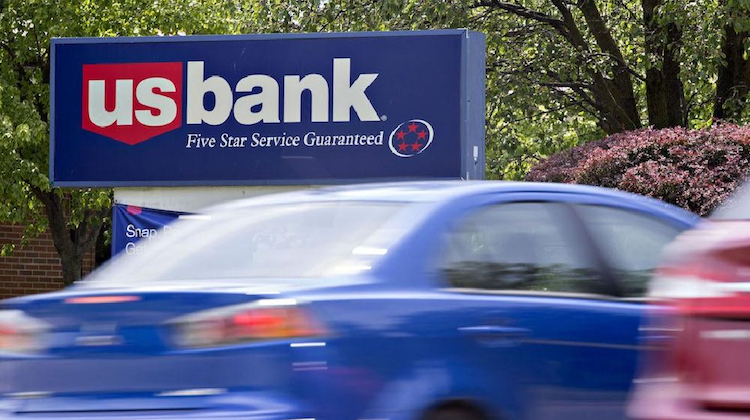The Customer Effect
Why U.S. Bank wants to sell you a car
- U.S. Bank's new car buying experience demonstrates one way the bank is trying to approach business from a more customer-centric approach, rather than a product-based one
- A partnership with AutoGravity allows U.S. Bank to keep its brand front and center of the shopping experience, rather than waiting in the wings for customers to come to them when they need financing








